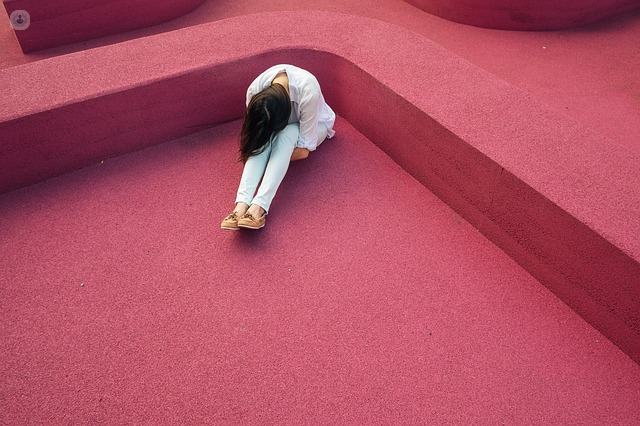Cystocele
What is cystocele?
Cystocele, also known as an anterior prolapse, occurs when the support tissue between the bladder and vagina weakens and stretches such that the bladder sags into the vagina. It can be divided into 3 grades:
- Grade 1 - mild: the bladder sags slightly into the vagina
- Grade 2 - moderate: the bladder sags far enough to reach the vaginal opening
- Grade 3 - severe: the bladder projects from the vaginal opening

What are the symptoms of cystocele?
The symptoms vary according to the grade of the cystocele. In grade 1, there are usually no symptoms or visible abnormalities. However, with higher grades, symptoms such as the following may appear:
- Feeling of heaviness or pressure in the pelvis and vagina
- Discomfort when straining: coughing, sneezing etc.
- Sensation of wanting to urinate, even after going to the bathroom
- Bladder infections
- Pain and/or urinary incontinence during sexual intercourse
The symptoms may develop to the point where they start to dominate the patient’s day-to-day, affecting her quality of life.
What are the causes of cystocele?
There are various factors that cause the muscles, ligaments and tissues of the pelvic floor to weaken over time. These factors include vaginal delivery, being overweight, repeatedly lifting heavy objects or frequent pressure on the abdomen caused by constipation or a chronic cough.
Can it be prevented?
Women are recommended to undergo regular gynaecological examinations throughout their lifetime, but generally from age forty-five and onwards, cystocele is more common. Cystocele due to vaginal delivery, however, may develop earlier.
How is cystocele treated?
Treatment depends on the severity of the condition. Generally, grade 1 cystocele does not require treatment; however it is important to see your gynaecologist from time to time to monitor any progression of the condition. It is also important to do exercises to strengthen the pelvic floor. In more severe grades, other types of treatment may be considered such as oestrogen treatment or a pessary device to maintain the bladder in its position. In extreme cases, surgery may be an option to place the bladder back in its normal position.







